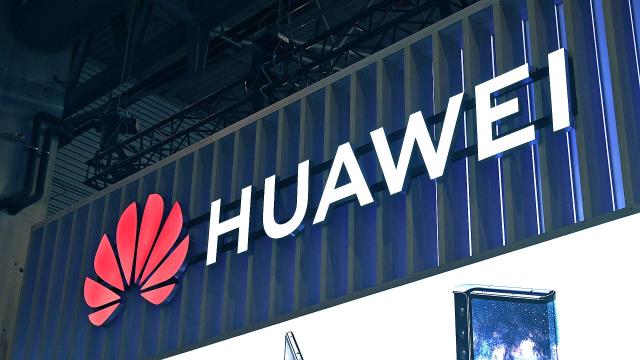After a US crackdown forced Huawei to imagine a future without access Android, the Chinese smartphone giant began working on its own alternative to Google’s ubiquitous mobile OS. Now, at the company’s annual developer conference, Huawei has finally shared the first official details on its homegrown alternative to Android.
HongmengOS — or HarmonyOS, as it’s known in English — was described by Huawei’s consumer business group CEO, Richard Yu, as the company’s “future-orientated” software platform, a platform Huawei says has been in development for more than two years.
With HarmonyOS, Huawei is looking to create a unified operating system that can work across a wide variety of devices including IoT gadgets, smart screen devices such as TVs, and eventually smartphones and tablets. That said, for the immediate future, Huawei phones will continue to run Android.
#HarmonyOS is built with a deterministic latency engine that gives a smooth interactive experience. That means latency is at a minimum; bringing fluid interactive experience to the maximum #HDC2019 pic.twitter.com/p9bnwNHJq6
— Huawei Mobile (@HuaweiMobile) August 9, 2019
HarmonyOS is billed as an open-source platform based on a micro-kernel framework similar to Google’s Fuschia platform, and it includes a compiler that supports multiple coding languages including C++, Java and Kotlin.
Huawei says its use of a micro-kernel architecture and deterministic scheduling engine allows HarmonyOS to quickly and more accurately handle resource management, which can result in lower latencies and IPC (instructions per cycle) performance “up to five more efficient than existing systems”.
And unlike Android, Huawei claims that its use of a multi-device IDE (integrated development environment) allows the company to develop a single version of its OS that can be deployed across a range of devices.
This stands in contrast to Android, where device makers are forced to tweak the OS individually for every single device, which is one of the major factors responsible for causing delays in software updates and Android fragmentation as a whole.
However, even though Huawei says HarmonyOS is an open-source platform, the company does not plan to allow users to have root access to the OS, which Huawei claims would be a serious security risk.
Additionally, HarmonyOS is not compatible with standard Android apps, which means developers will need to adjust and recompile existing apps in order to run on HarmonyOS; at the company’s press conference, Yu claimed that it should be “very easy” to convert apps from Android to HarmonyOS.
While HarmonyOS represents an important milestone for Huawei that allows the company to create future devices not reliant on Android, don’t expect to start seeing a bunch of HarmonyOS-based devices right away.
Huawei says it will roll out HarmonyOS gradually over the next three years starting with smart-screen devices such as wearables, car infotainment units and Huawei Vision (which we should get more details about in the coming days), before bringing HarmonyOS smartphones and tablets down the line.
So even though HarmonyOS might not pose an immediate threat to Android or iOS, it could be the start of a major shift in product development because, for the first time since Windows 10 Mobile got killed, we’re looking at a three-horse race for gadget supremacy.
